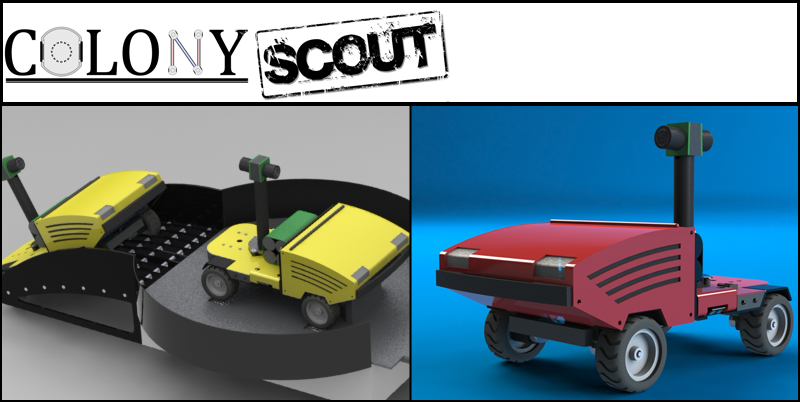The Colony project demonstrates the capabilities of a colony of low-cost robots that are able to localize relative to each other. Information about the environment is gathered via simple one-dimensional sensors, such as IR beacons, and shared via an ad hoc wireless network. The robots localize relative to one another by sharing their one dimensional range data. Sensors tend to be noisy and inaccurate, but when filtered, shared interpretation allows useful state information to emerge. No one robot is in charge or knows the entire state of the world, but as a communal intelligence the colony does. This project is continues to develop as more applications for the colony are discovered and explored. Many existing robot colonies use high-end components to guarantee results. One of the most successful colonies is the MIT Swarm. This colony can relatively localize and create intelligent arrangements but at a very high per-robot cost. A lower-cost colony robot would allow for larger colonies at lower costs, giving more people access to colonies for further research. Colonies of robots have many applications. They can solve larger problems than individual robots. The Idaho National Engineering and Environmental Laboratory has developed a colony of robots that seeks out liquid spills. They surround the spill by having each robot locate part of the edge of the spill. We show that a colony of inexpensive robots, which alone are insufficient to the task, can together overcome their shortcomings.


